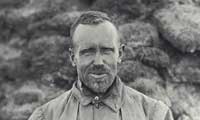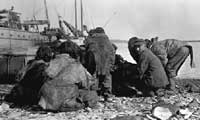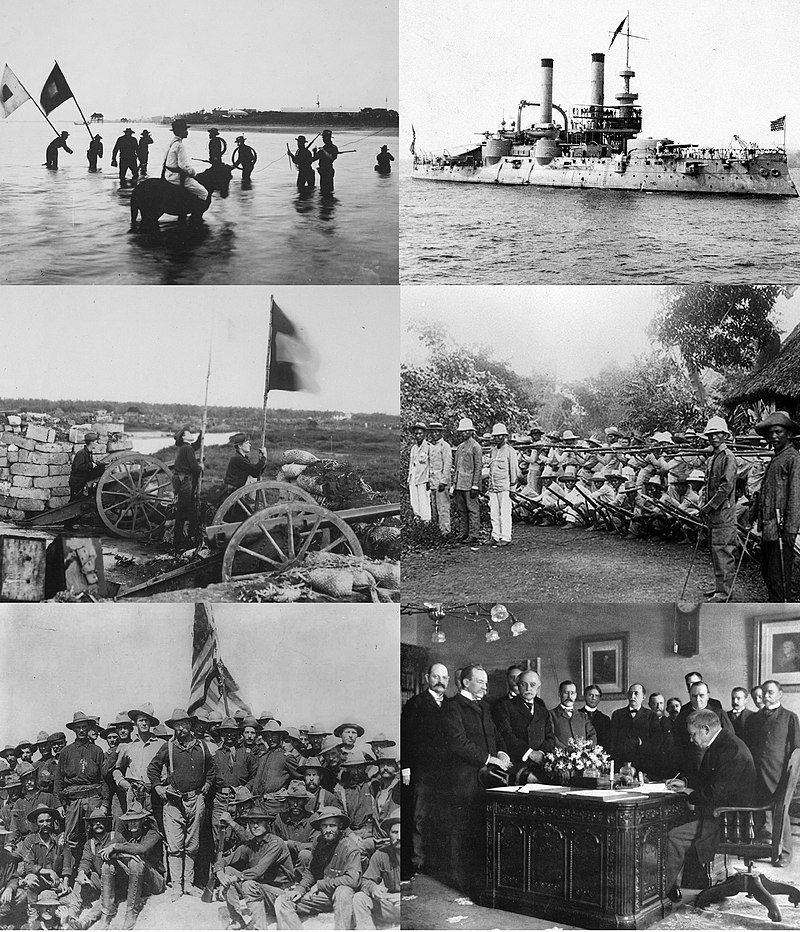
Artic Explorer and Scientist: Dr. Rudolph M. Anderson
Dr. Rudolph M. Anderson
Section 23, Grave 10 (Mil & Sci)
Born in Decorah, Iowa in 1876, not much is known about Rudolph Martin Anderson early life. In 1898 he fought in the Spanish American War, serving as a corporal in the 52nd Iowa Volunteer Infantry.
The Spanish-American War was an 1898 conflict between the United States and Spain that ended Spanish colonial rule in the Americas and resulted in U.S. acquisition of territories in the western Pacific and Latin America.
After the conflict ended, Anderson studied animal and bird biology at the University of Iowa. He received his PhD in 1906, with his dissertation titled The birds of Iowa.
From 1908 to 1912, Anderson was one of the two lead scientists for the Stefansson-Anderson Arctic Expedition. He was also a part of the 1913 to 1916 Canadian Arctic Expedition (also co-led with Vilhjalmur Stefansson). Anderson was in charge of the 1913 expedition's Southern Party, which included anthropologist Diamond Jenness and geographer Kenneth G. Chipman, both of whom are also buried at Beechwood.

The expedition was overseen by both the Department of Naval Service and the Geological Survey of Canada. Anderson was responsible for overseeing the work of the other scientists in his party as well as writing and submitting monthly reports of the party’s activities.
During this, he still found time for collecting and preparing many hundreds of specimens of mammals and birds for the National Museum of Canada (now named the Canadian Museum of Nature) in Ottawa.
Anderson was a member of the famous Explorer’s Club based in New York from 1912 to 1918, and was involved in the development of the Migratory Birds Convention, signed by Canada and the USA in 1916.
The Explorers Club is an American-based international multidisciplinary professional society with the goal of promoting scientific exploration and field study. The club was founded in New York City in 1904 and has served as a meeting point for explorers and scientists worldwide.
After returning from the Arctic, Anderson led the Biology Division of the National Museum of Canada from 1920 to 1946.
Anderson died in Ottawa on June 21, 1961.




